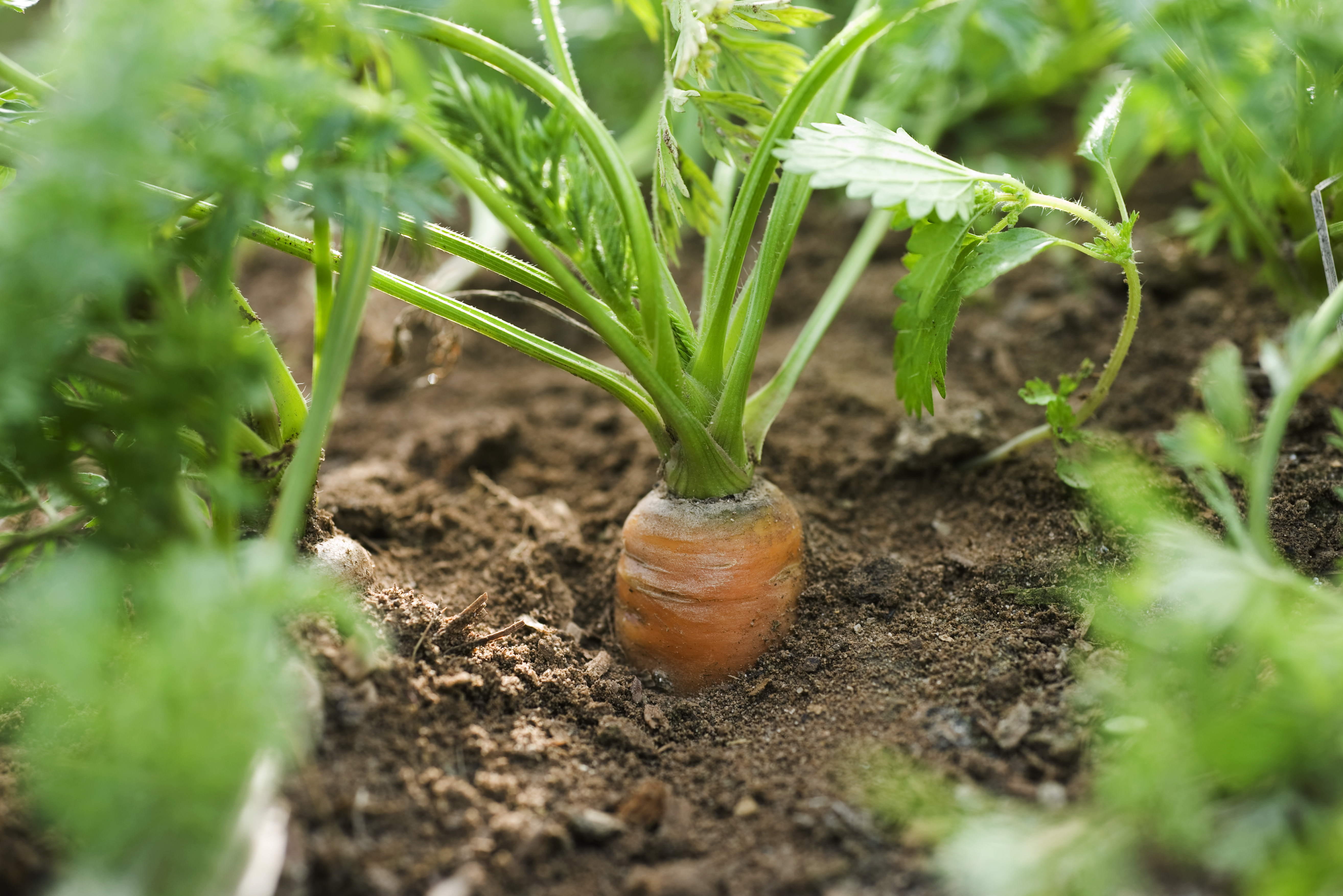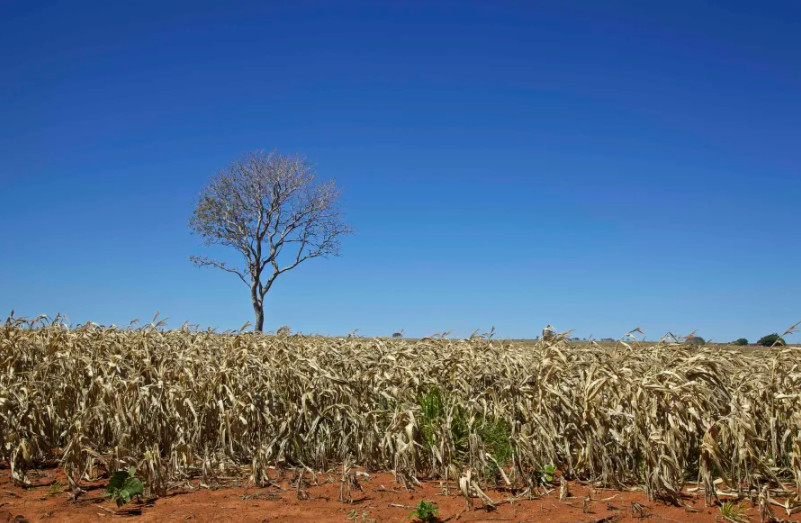
Redefining Farmland value for climate and food security

Regenerative agriculture can translate environmental health into economic value and address climate change. But scaling up will require financial innovation
Published 3 November 2021
A reliable and nutritious food supply has always been a fundamental human need.
But climate change is increasingly destabilising the systems that supply our food and the economics of our farmlands.

More frequent and extreme weather events, coupled with a growing and more demanding human population, mean supply chains from farm to table are increasingly stressed. But there are ways to build resilience in agricultural production.
One promising solution is the concept of regenerative agriculture (RA) which presents an opportunity to both adapt to a changing climate and help to mitigate its drivers.

What is regenerative agriculture?
Those practising RA aim to change their farming system to restore the environmental value of farmland and its management. RA prioritises ecological health (health of the physical and living environments) by taking a system-level approach to decision-making to build resilience to shocks and disturbances.
Farmlands that transition from traditional intensive industrial practices to regenerative practices could and should passively appreciate in value over time, like a stock whose company is performing well.
However, depending on who you ask and where it is being applied, RA may mean different things.
RA is sometimes defined as a specific set of agricultural practices that commonly include reduced or no-tillage, cover-cropping, the integration of biodiversity and livestock, and increasing perennial vegetation (plants that live longer than one year) on farmland.

Others embed these practices in a management philosophy that prioritises soil health, emulating natural ecosystem functions, minimising soil disturbances and chemical inputs.
Regardless of the perspective, the outcome is higher resilience to disturbances like drought or pests, while providing benefits like increased soil carbon, reduced erosion and soil water availability.

The financial benefits of RA depend on climate conditions. In good years, farmers may make more money using traditional methods, but some studies now suggest that RA may produce more consistent farm-level revenues in the long run than traditional agriculture since it builds resilience into farms for the bad years.
Defining and measuring these benefits and trade-offs is crucial to mobilising support for, and investment in RA, and influencing decision-making around RA adoption.
Globally and locally, adaptation and mitigation measures are increasingly recognised as an imperative in the fight against climate change. Because of its promising benefits and worldwide scalability, RA has gained significant interest from agriculturalists, investors, and governments alike.
The challenge now is understanding how to support and scale it.
With funding support from the Melbourne Sustainable Societies Institute and Melbourne Climate Futures initiative, our multidisciplinary team of researchers at the University of Melbourne is investigating the gaps and tools needed to bridge the void of support for widespread RA.

In March 2021, we hosted three virtual workshops that convened dozens of farmers, agricultural group representatives, investors, bankers and climate action groups interested in RA.
The workshops consisted of presentations and open forums on the principles and applications of RA as well as the critical assessment of an innovative financial model, the end-to-end investment framework developed by one of our senior team members, Phil Cormie.

The workshops were used to determine stakeholder views and interests in the future of resilient agriculture and distil what is needed in terms of research and resources to scale-up RA.
Impacts and obstacles of regenerative agriculture scale-up
Environmental: Increases in biodiversity, improved water availability and quality, pollination services, improved soil health, wider catchment benefits
Economic: potentially higher and more consistent yields, lower input and operational costs
Human health: less mental stress, improved physical health with reduced chemical use
Climate Change: potential increases in soil carbon, increase in aboveground biomass (trees, perennial crops), reduced emissions from tillage and fertiliser use
Resilience: the farm system is more adaptive to environmental disturbances (like insects, disease and drought); a diverse system means more reliable harvests and less risky economics

Obstacles:
Transitions: requirements to switch practices can include high upfront costs for different machinery, seeds, and technical capacity to plan and carry-out transitions. It may also take a couple of growing seasons to begin realising the benefits.

Environment
The investor-led push on climate change
Recognising value - many of the benefits of RA do not have standardised metrics or scientific measurements associated with them.
This makes it difficult to integrate these into credit or financial investment models. Thus, they do not factor into financial decision making - especially around lending terms, risk assessment, or asset valuations
Defining benefits and risks for different stakeholders needs to improve
Developing metrics on benefits and reporting on them requires more research
Technologies such as remote sensing, internet of things, machine learning and artificial intelligence can reduce measurement and reporting costs.
The future
Translating these benefits and values into decision making, risk models and valuations for policymakers will be essential to scale up investment in RA. This step is crucial not only to food and economic security for the agricultural sectors of Australia and the world, but also to a reckoning with how we conceive and live on our land.

Carbon markets or emissions trading schemes can incentivise change by driving investment in increasing carbon sequestration, or in avoiding or reducing greenhouse gas emissions, and providing the funds for change in management. These income streams may also temper risks and volatility associated with on-farm economics and financial investments.

Environment
Taking steps to cut your nitrogen footprint
Other potential income streams for RA practitioners include higher prices for products from RA farms or payments for other environmental services like improved water quality for downstream users.
Providing the right metrics on risk or reduced input costs might mean financial institutions understand and incorporate RA benefits into improved loan terms or into higher property valuations, enabling farmers to have increased access to credit.
Government programs can reward farms for public benefits from regenerative practices, provide research and information for farmers and underwrite transition risks.
Supporting linkages between farmers and investors and enabling capacity to grasp the value generated by RA and integrating this into decision-making can scale up adoption for a wider range of environmental, financial and social benefits.
Redefining how we value the outcomes of systems like RA, makes it possible to redefine the financial value of new management in our farmlands in a rapidly changing climate.
Banner: Getty Images







